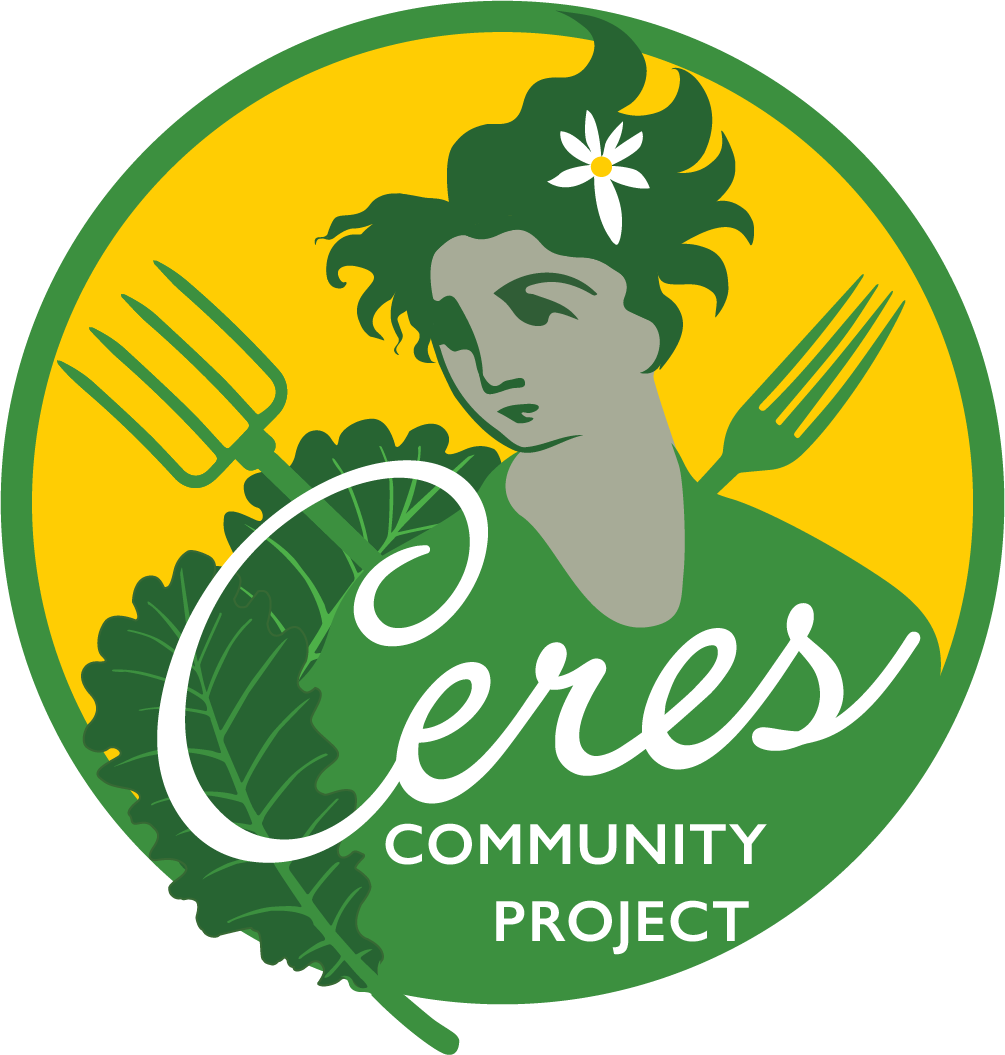Hunger is Not A Personal Problem
Dear Friend,
Due to the COVID-19 pandemic, food and nutrition insecurity is on the rise in the US and globally. Ceres Community Project is committed to fighting hunger because we understand the impact that it has on health and well-being for so many of our neighbors. September is Hunger Action Month, and this month, we’ll be sending you a series of three articles to help you learn about this complicated topic, along with suggestions for how to take action.
Today, we want to discuss how hunger is a systemic problem, rather than a personal one. It’s not so much about the choices people are making, but about the broader factors in our society – including systemic racism – that limit choices. While hunger is a complicated problem, we believe that no one should have to go hungry. That’s why we’re working to change policies to make it easier for people to access the healthy food they need to get and stay well. You can learn more in the article below.
Be well,
Reilly Briggs
Policy Coordinator
There’s a misconception that food insecurity and hunger can be solved by food banks and organizations like Ceres Community Project providing groceries and meals to people who just don’t have enough. But the reality is that hunger is a symptom of a much more complex problem. It results from people having to make tough choices because of root causes – low wages and low family wealth, lack of access to education, lack of affordable childcare, high costs of living, and barriers like systemic racism that prevent families from being able to move out of food insecurity.
Let’s look at what this means where we live. Cost of living and income inequality are major contributors to hunger here in Sonoma and Marin counties. Nationwide, the average cost of living index is rated as 100—in Sonoma County, the cost of living is rated as 157.9, and in Marin County, it is rated as 229. [1] That means that our two counties are much more expensive to live in than the rest of the country. And despite how expensive it is to live here, our incomes don’t match the cost of living. In Sonoma County, the average person’s salary has actually been declining, despite the cost of living increasing. [2] Across the country, the average household income is $57,652 per year; in Sonoma County it’s $71,769, and in Marin County, its $104,703. While these average incomes may seem high, they are often not enough to live comfortably in the North Bay. That leaves people with less money than the average nationally to spend on necessary expenses like nutritious food, housing, and transportation. [2]
In 2018, one third of Sonoma County residents didn’t have access to three healthy meals per day. That means that about 60,000 residents experienced nutrition insecurity. [3] At Ceres, we recognize that not all calories are created equal. Our work focuses on the goal of nutrition security—having enough of the right kinds of food—rather than food security alone, because we know that poor nutrition is a key driver for chronic illnesses like high blood pressure, diabetes, heart disease and even some types of cancer.
As the cost of living continues to rise in our area, families have even less money available for nutritious food. While programs such as CalFresh, or organizations like food banks help to provide temporary food assistance, these are just band-aids—they don’t actually solve the problem. That’s why tackling the bigger-picture problems – living wages, access to quality education without student loan debt, access to affordable health care, and affordable housing – are so crucial in the fight for food and nutrition security.
At Ceres Community Project, we know that hunger is a symptom of a systemic problem, not a personal one. And while it’s critical that we continue to address the symptoms – by ensuring every person in our community has access to the healthy food they need to thrive – we can’t stop there. September is Hunger Action Month, and throughout the rest of the month, we’re going to explore some other issues related to this complicated and important topic.
What you can do:
Grow extra food in your garden and donate it. Ceres can generally use donations of home-grown organic produce. Contact Julie (jstuffelbeam@ceresproject.org) for Sonoma County locations or Lindsay (lkatz@ceresproject.org) for our Marin County location to donate.
What'd you learn from this article? Tell your friends and family! Forward them this email. The more you know, the more you can do.
Volunteer and donate as you can to local hunger organizations. (Like us!) We need youth and adult volunteers in our Sonoma County kitchens. Email volunteer@ceresproject.org to get started.
Your donation helps us continue to meet the increased demand for our home-delivered meals. Give a gift to support our work.
References
Best Places to Live, California, Bestplaces.net
Income gap growing in Sonoma County, Press Democrat
Annual Sonoma County Hunger Index Reports that 1/3 of Residents Went Hungry in 2018, Economic Assistance Division, Human Services Department

